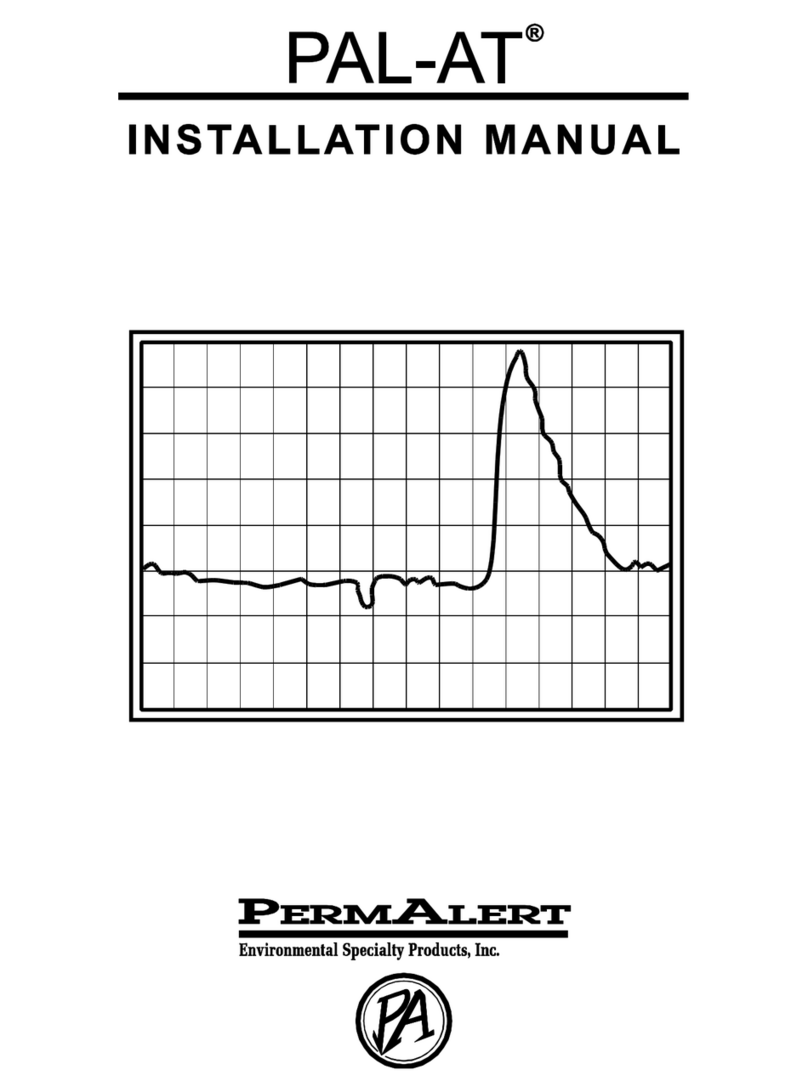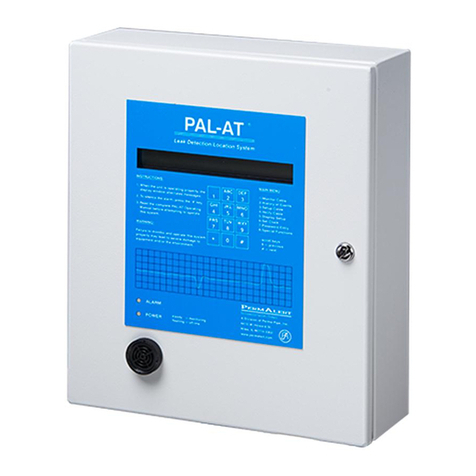
LiquidWatch Installation Manual
2
5LiquidWatch Operation........................................................................... 25
5.1 General.......................................................................................................................... 25
5.1.1 Theory of Operation ............................................................................................ 25
5.1.2 Power Up............................................................................................................. 25
5.1.3 Initial Display.......................................................................................................25
5.1.4 Contrast Adjustment............................................................................................ 25
5.1.5 Clock Battery....................................................................................................... 25
5.1.6 Installation Instructions........................................................................................ 26
5.2 Operating LiquidWatch...................................................................................................26
5.3 Setup.............................................................................................................................. 26
5.4 Probe On/Off.................................................................................................................. 28
5.5 History............................................................................................................................ 28
5.6 Display Setup................................................................................................................. 29
5.7 Configuration.................................................................................................................. 29
5.7.1 Test Mode ...........................................................................................................30
5.7.2 Time and Date.....................................................................................................30
5.7.3 Number of Probes............................................................................................... 31
5.7.4 Number of Relays................................................................................................ 31
5.7.5 System I.D...........................................................................................................31
5.7.6 Baud Rate ........................................................................................................... 31
5.7.7 Phone Number....................................................................................................32
5.7.8 Version................................................................................................................ 32
6Monitoring ............................................................................................... 33
6.1 Monitor........................................................................................................................... 33
6.2 Normal Messages Displayed ......................................................................................... 33
6.3 Fault Messages Displayed............................................................................................. 33
6.4 Alarm Silence Feature.................................................................................................... 34
6.5 Output Relays ................................................................................................................ 34
Appendix......................................................................................................... 35
System Testing....................................................................................................................... 35
Communications Options........................................................................................................ 36
Troubleshooting...................................................................................................................... 37
Warranty ......................................................................................................... 39





























